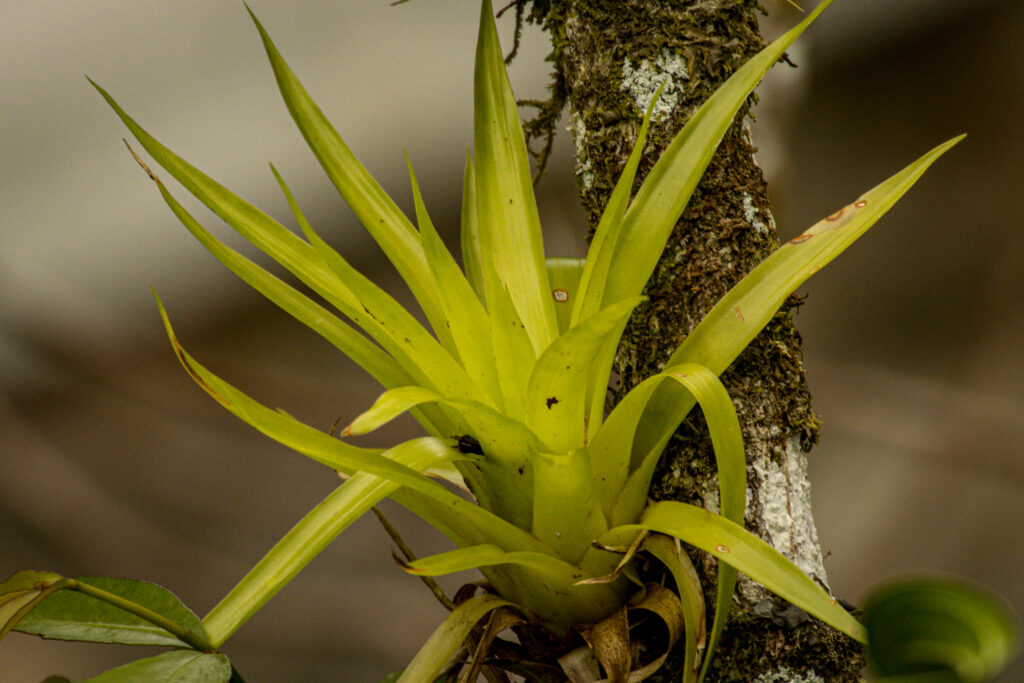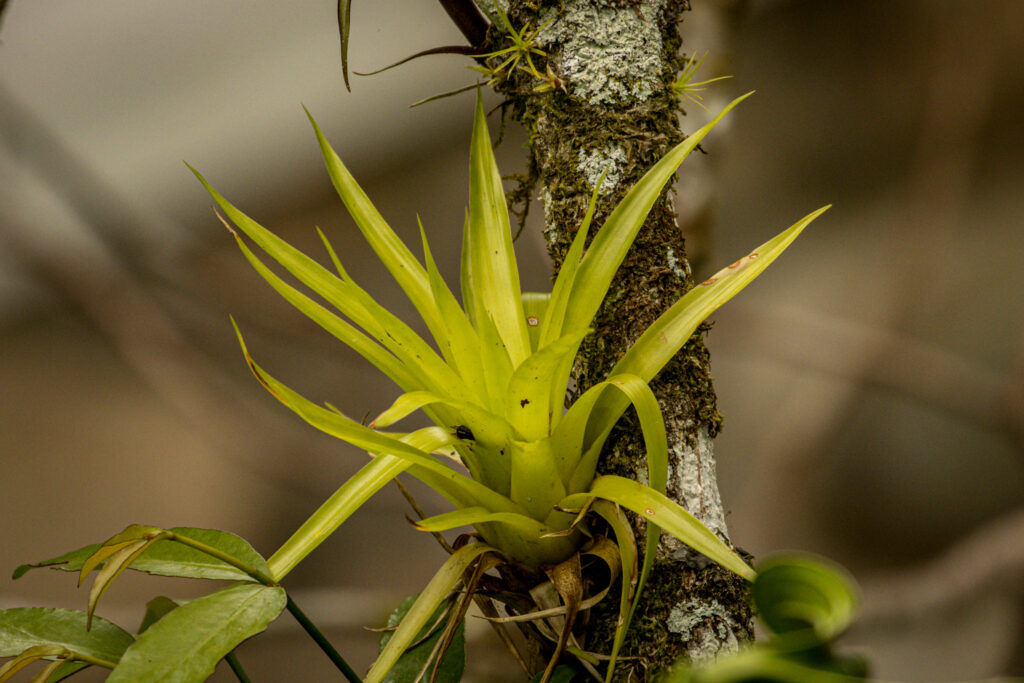Shortly before leaving for Panama Birding Buddy Bonnie lent me her Extender, which magnifies the images by 1.4. By attaching it to my camera my lens goes from a 100-400mm zoom to 140-560mm. So why wasn’t Bonnie using it? She said it decreased the amount of light coming into the camera. Extenders have magnifying lenses in them, which absorb some of the light before it reaches the camera’s sensor. But how much light is lost? I decided to find out.
Before getting into the actual results I have to get a little geeky. There are three main settings for any camera – aperture, shutter speed, and ISO. All cameras have adopted similar standards* for each:
Shutter Speed: 1second – 1/2s 1/8s 1/15s 1/30s 1/60s 1/125s 1/250s 1/500s 1/1000s
Aperture: f1.4 f2 f2.8 f4 f5.6 f8
ISO: 100 200 400 800 1600 3200
Each division (1/15s to 1/30s or f4 to f5.6) is called a Stop and it represents twice as much light reaching the camera’s sensor. Shooting at 1/15s shutter speed lets in twice as much light as 1/30s. Setting the ISO to 400 records twice as much light as 800 ISO.
So getting back to the Extender, I wanted to find out how many Stops of light did the Extender reduce? In order to do so I let my camera decide which shutter speed I needed to shoot at 400 ISO with the aperture set to f5.6. Here are the two pictures:


The first picture was taken with the Extender and the camera decided that in order to produce an image at 400 ISO using an aperture of f5.6 the shutter speed needed to be at 1/160s. The second picture taken under the same conditions but without the extender and was taken at 1/250s. Therefore, going from 1/250s to 1/160s would be less about 2/3 of a Stop (1/250s to 1/125s would be a whole Stop). As a result I concluded that I wasn’t loosing that much light. But look what I gained – you can see that in the first picture the plant takes up the entire frame (560mm) whereas the second shot was taken without the Extender at 400mm.
I decided that having more “reach” at 560mm offset the reduction in light caused by the Extender. I did lower my shutter speed a bit to compensate for the light reduction but the Internal Stabilization of my Canon R7 allowed me to get sharp images, even down as low at 1/15s! More about low-speed shots in a later post. In conclusion, now I have to figure out how much I need to pay Bonnie to buy her Extender!
* These values do vary by camera and lens. The ranges here are typical but some camera/lens packages can have higher and/or lower shutter speeds, aperture, and IS0.
If you enjoy seeing beautiful pictures of birds from around the world and reading about them Click Here to sign up for our mailing list. Members can post their GreatBirdPics and learn more about bird photography techniques.